The minute I stepped into Lasalle College of the Arts’ graduate fashion show 2022, I was transported into another world. Held at Lasalle’s Institute of Contemporary Arts Singapore, Earl Lu Gallery, the unblemished, white venue mirrored an abundance of creative possibilities. Here, a wide range of designs were interspersed between one another while levitated on wired ropes. To the left, a digital screening of the Lasalle graduate fashion show was displayed by a mini projector. Welcome to Between Worlds, the theme of The Lasalle Show Exhibition 2022 held by Lasalle’s Fashion Design and Textiles graduating cohort.
After two years of holding online fashion shows, this year’s physical activation feels more euphoric than before. Circe Henestrosa, Head of the School of Fashion, shared: “The theme of Between Worlds is where we all are right now—between worlds as we transition from pandemic to post-pandemic, from physical to virtual and now hybrid. Fashion has always been about the spectacle of the ‘physical’, but now, we are seeing more and more possibilities open up in collaboration with digital industries, in the metaverse, and in many spaces where fashion was not traditionally a part of.” Henestrota also mused that this year was all about challenging the definition of fashion: how it can evolve in the post-pandemic realm, how it makes one feel, and the many possibilities that it can aim to be.
This year, the Lasalle graduate fashion show approached Between Worlds through various interpretations. Some worked with traditional Chinese painting methods like calligraphy, some experimented with unconventional yet sustainable materials, and some looked inwards at their emotional struggles and disorders. Many things to see for this year’s batch—and there’s time to look through it all. Ahead, Vogue Singapore highlights some of the most striking fashion designers from Lasalle’s Fashion Design and Textiles graduating cohort—with designs sectioned across themes like authenticity, sustainability, and the delicacies of our environment. Get to know them, below.
Authenticity
Dian Farhanah Binte Abdul Salam, BA(Hons) Fashion Design and Textiles: Dreamulation
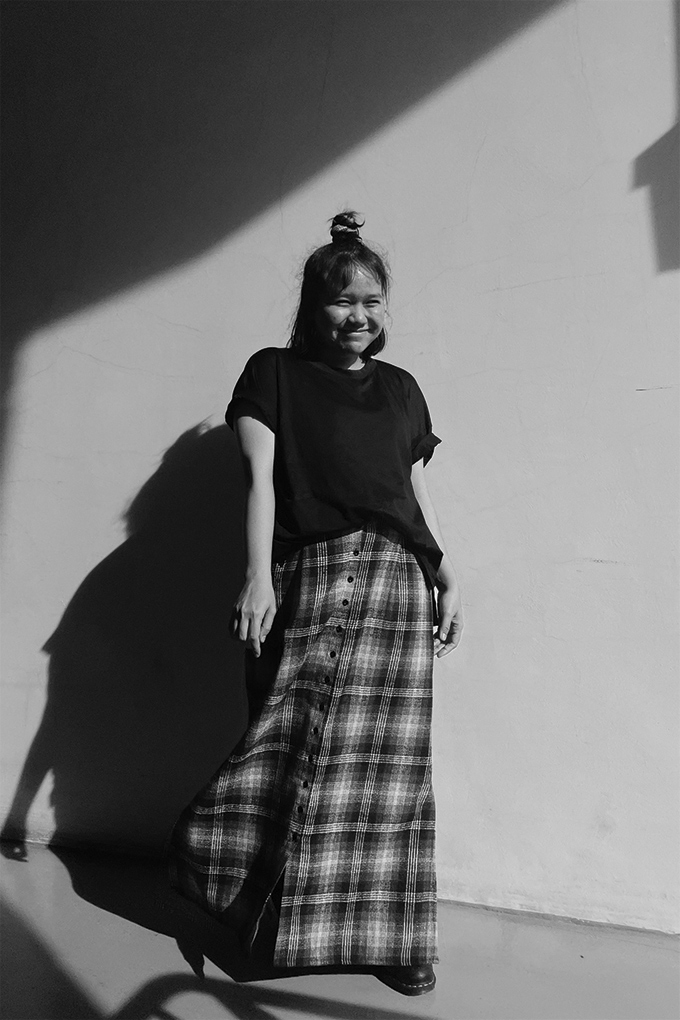

The inspiration behind the collection: Farhanah leveraged her struggle with Attention Deficit Hyperactive Disorder (ADHD) by creating a gender-fluid collection that was inclusive for all. “I wanted to produce something that can last for generations, create diversity, and never shun anyone just because they lack thereof,” she shared. On a daily, Farhanah struggles with hyperactivity and intense pressure—some side effects of ADHD that not many are aware of. Additionally, she wanted to use her clothes as a means of conversation to project that the disorder is not a physical deformity nor a mental illness.
The lineup: The entire collection is designed to be genderless with a playful mix of feminine and masculine silhouettes. Expect A-line dresses, trousers, shirts, vests, and jackets with pops of primary colours for a burst of drama.
Xia Ming, BA(Hons) Fashion Design and Textiles graduate: Photographic memories
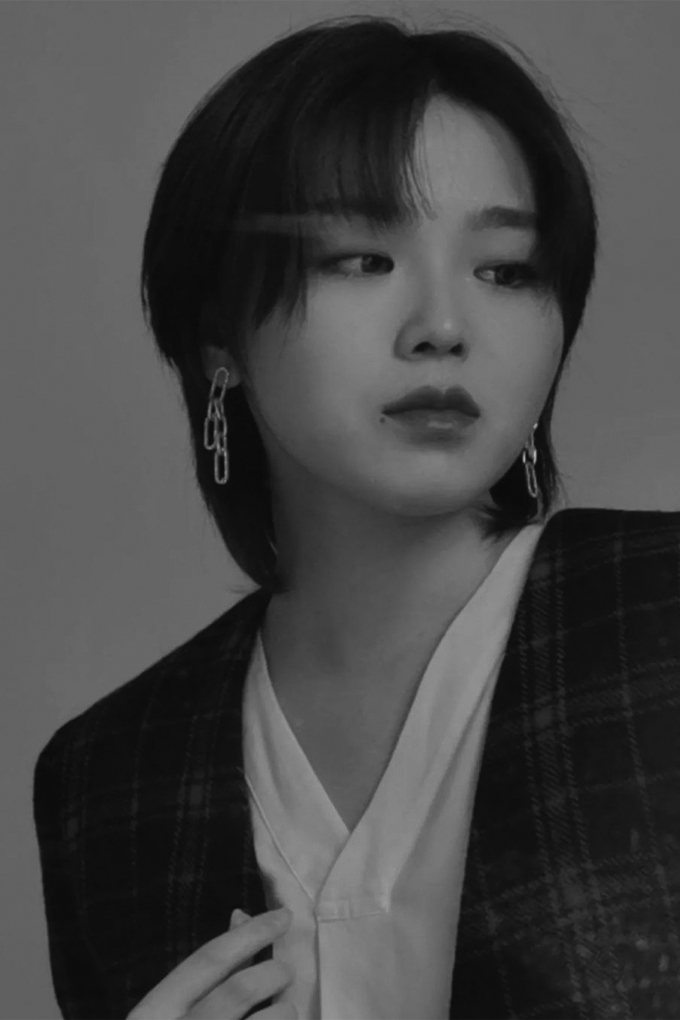

The inspiration behind the collection: Titled Photographic Memories, Xia Ming’s graduate collection was inspired by her childhood days. She borrowed nostalgic elements from her Northern Chinese upbringing and looked into the eras of the late ‘80s to the early ‘00s. This led to maximalist, suburban pieces widely seen throughout her collection in the vein of bright hues and ornamental patterns. “I want to be a part of a generation of fashion creatives that pushes for a more inclusive relationship with fashion and dressing for one’s body. It is important to accept, appreciate, and advocate for the beautiful differences in every individual regardless of age, gender, or race.”
The lineup: The collection features six looks that are made up of 10 different pieces such as shirts, jackets, pants, skirts, and a dress. The garments were also upcycled from existing vintage garments and textiles; an eco-conscious way for her to breathe new life into her pieces and create fresh silhouettes for the modern era.
Marcus Pek Jun Hao, BA(Hons) Fashion Design and Textiles graduate: Nearly Portrayed

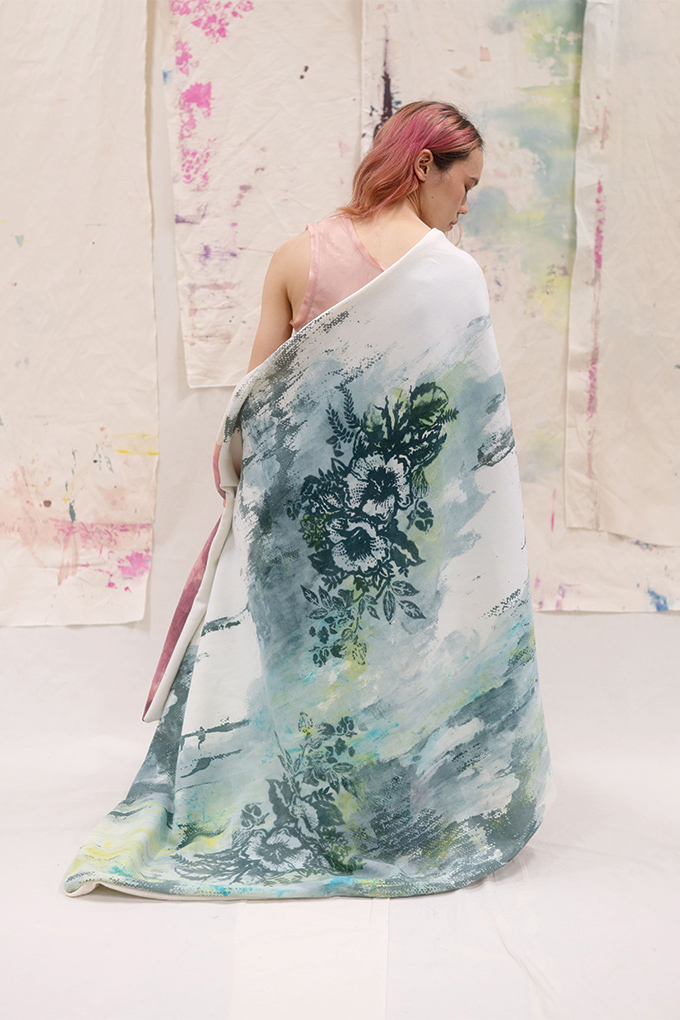
Inspiration behind the collection: Nearly Portrayed revolves around the symbiotic relationship queer people have with heritage, origin, and identity. Tapping on the many untold stories from marginalised identities, Pek intended to explore, appreciate and celebrate “everyday fabulousness” as a form of self-expression.
The lineup: Traditional textile techniques (screen printing, dyeing, embroidery, and appliqué) and local iconographies (such as floral motifs from lace or batik, and a Kopitiam cup) are reimagined and adorned on textiles. One can also look forward to pieces of jewellery made from nylon and broken Kopitiam cups and saucers that are made in collaboration with a local 3D printing company, Baëlf.
Culture
Iris Zulfa Binte Mohamad Isa, BA(Hons) Fashion Design and Textiles: Sunburnt Heart

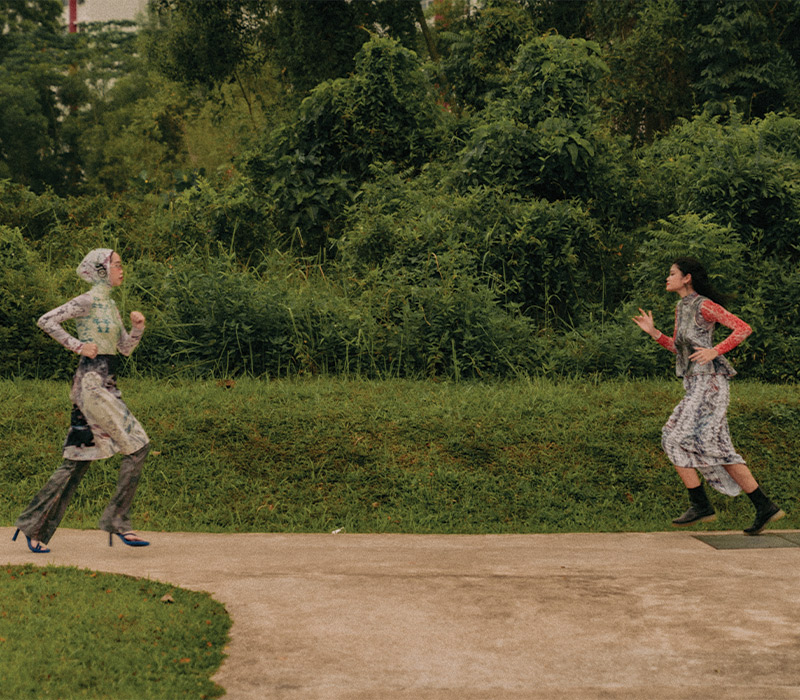
Inspiration behind the collection: Sunburnt Heart is a new perspective on Malay traditions. “We need to look at the past and the present to create innovations in culture and sustainability,” mused Iris. Paying homage to singer-actress Saloma, the kebaya is deconstructed and westernised to give an updated look. The collection explores the foundation and form of the kebaya and how it can adapt to the modern Malay woman. It also highlights versatility by bringing back ethnic wear—typically reserved for special occasions—into everyday situations. This collection aims to redefine ‘tradition’ and push forward a rewritten culture. Regardless of how eccentric it can be, ini untuk budak zaman sekarang, which cheekily translates to “This is for the kids these days”.
The lineup: According to Iris, her collection consists of wearable garments well-suited for the tropics. Breathable dry-fit jerseys, stretchy mesh tops as well as traditional textile and heat setting techniques allow the clothes to grow with the wearer easily. The lace imprints were inspired by the kebaya‘s motifs and accompanied by images of Saloma to create a melange of unique, consistent patterns. The garments are also ideal for layering with other foundational pieces.
Lee Ying Han Serina, BA(Hons) Fashion Design and Textiles: E0dich

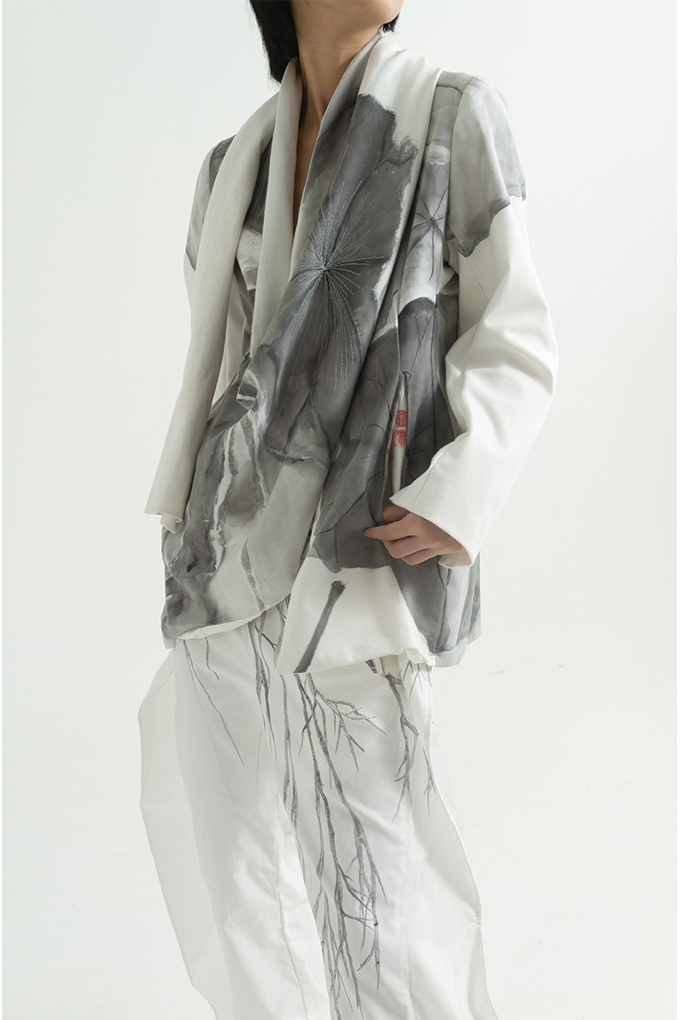
The inspiration behind the collection: An interdisciplinary work of fashion and Chinese principles, every piece in E0dich was hand-painted and designed to be worn and hung as wall art. Lee was mesmerised by ancient Chinese paintings such as scrolls and calligraphy. Specifically taking reference from Chinese painting principles of triangularity, brush strokes, and composition proportions, Lee used natural hand-processed materials to create a parchment-like papyrus material akin to ancient scriptures. Inspired by the 12 Chinese characters, E0dich is also a reflection of the pause in time, a void in space, and life. Lee hopes to “preserve the traditional art form and propel it into the future.”
The lineup: There are 11 pieces in total with each piece specially hand-painted by Lee and made washable. All are designed to function as garments or hanging art pieces. Multifunctional and versatile, look out for her white tops that can be worn in three ways and skirts that can be manipulated into a toga or a bustier dress.


Inspiration behind the collection: Maria Ivanco’s affinity with the cassava bag stemmed from her desire to offset the negative impacts of the fast fashion industry. Similarly, she wanted to do away with the taboo of repeatedly wearing a garment, in other words, the practice of ‘outfit repeating’. To combat textile waste and the increased consumption of clothes, Ivanco looked into the cassava bag as an alternative fabric—a biodegradable and compostable material that breaks down over months on land or sea. “I hope my collection and the use of cassava bags as functional outfits can open up opportunities to change the future of fashion,” highlighted Ivanco. This set the foundation of her collection which champions the long-term goal of overcoming pollution, water usage, textile waste, and workers’ safety.
The lineup: Expect bright splashes of neon orange and luminescent green throughout 11 12, with billowing statement silhouettes. Each garment is spray painted with natural and biodegradable handmade paints, along with shoulder pads and earrings made from neon acrylics. On top of easy-breezy wearing, 11 12’s attention to detail can be seen in its laser-cut holes to prevent the body from sweating excessively. For maximum wear and usage, and in a truly sustainable fashion, some of Ivanco’s pieces can also be folded into a tote bag.
Lin Chia-Hung, BA(Hons) Fashion Design and Textiles graduate: Flowers in the glasshouse.
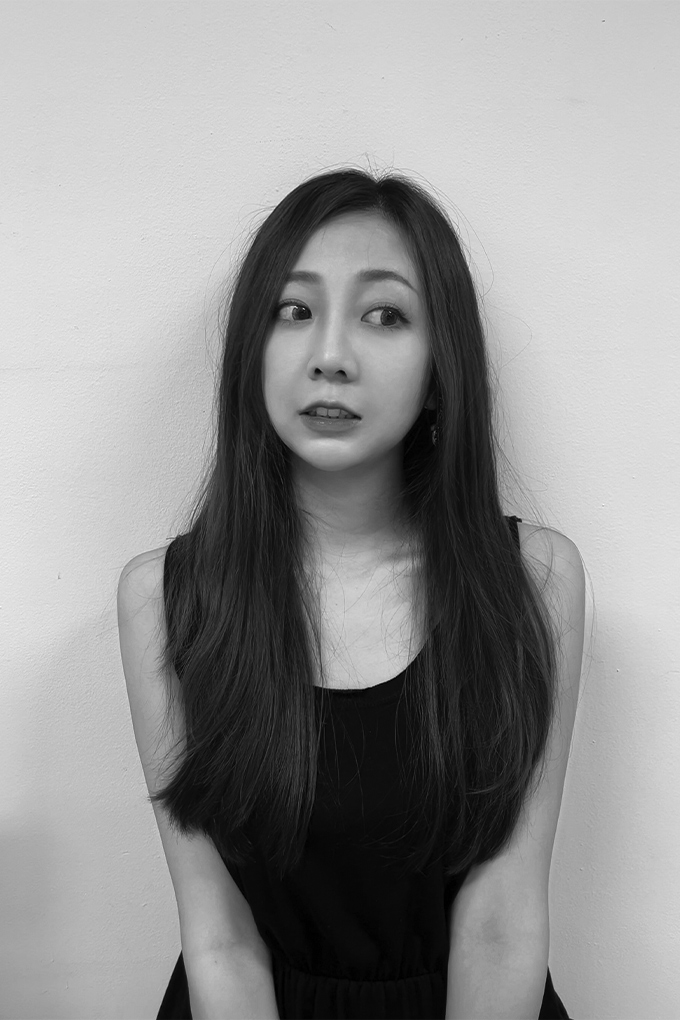

The inspiration behind the collection: Flowers in the glasshouse comes from the Chinese phrase ‘溫室裡的花朵’, which represents flowers blooming in a glasshouse. Every element, detail, and piece tells a journey towards independence—namely “encouraging self-expression through personal taste, boldness, and strengths” as mentioned by Lin. Her collection showcases portraits of blooming flowers amidst pink and purple hues to convey a mellow, light-hearted mood. Enveloped in romanticism, the collection is a homage to Lin’s breakthrough from her inner struggles. Her intricate draping and elegant embellishments also create alluring pieces for the wearer.
What can consumers expect from your collection? There are 10 pieces of garments in this six-look collection with each piece sustainably made with upcycling and zero-waste methods, or biodegradable pearls. Instead of using traditional fabrics and materials, Lin looked to embellished acrylic sheets that were cut into pieces to create layered, dreamy ensembles.
Environment
Sheila Tjandra, BA(Hons) Fashion Design and Textiles graduate: Chapter 1: Letter From Gaea, Mother of Earth


The inspiration behind the collection: Chapter 1: Letter From Gaea, Mother of Earth was a public letter to address the current and pressing environmental issues, especially with how materials were not productively utilised in fashion. The prevalent use of glass and crystals inside the collection were also taken from the timeless yet fleeting beauty of nature. “I want to convey to the world that we should slow down our pace and be more considerate in how we design for our environment,” commented Tjandra.
The lineup: There are 14 pieces in this collection, each interchangeable with one other. Tjandra’s niche lies in dying beaded crystal glass pieces that can be paired easily with tops, bottoms, and dresses. Natural dyes are used for all beaded garments, with some of them including a beaded crystal glass sling bag, a 3D printed dyed and beaded hat, and 3D dyed beaded gloves.
Natasha Viodora Simarmata, BA(Hons) Fashion Design and Textiles graduate: Memento


The inspiration behind the collection: Memento was inspired by the connection between humans and nature and hopes to “empower people to take care of our planet”, as highlighted by Simarmata. In this collection, traditional methods of hand-printing and dyeing were used to bring out natural greenery from discarded leaves. The unique prints were made from fallen fauna, each uniquely different from the others, and natural ingredients were used to produce dyes of pastel yellows, greens, and blue indigos.
The lineup: Memento consists of nine garments that range from sleeveless tops and skirts to shirts and trousers. Referencing the meditative elements of nature, the garments are laced or tied to gently and comfortably sit on the wearer’s skin. This served as a replacement for zippers or buttons. Expect soft, calm silhouettes that effortlessly drape down the body, as well as metal sequins and embellishments for aged yet elevated textures.
Li Wentong, BA(Hons) Fashion Design and Textiles graduate: 缮 Shan


The inspiration behind the collection: Shan (缮) was a homage to Li’s hometown’s traditional craft of ‘curium porcelain’—the act of using flat metal nails to put broken porcelain pieces back together. With this, Li utilised different shapes of porcelain to produce a patchwork pattern. To emulate porcelain restoration, she also embroidered metal spring wires on the fabric of her garments to balance the visual ratio of fabric, yarns, and colour.
The lineup: Labelled as a slow fashion seasonless menswear collection, Li gravitated towards a versatile wardrobe that could be worn all year round. To her, this was a sustainable method of balancing wearability and timelessness. The 11-piece collection boasts a combination of knitted fabrics (achieved by crocheting, hand knitting, hand machine knitting) and woven fabrics. On top of zero waste production, Shan also combats water pollution through knitting. For vibrant and sustainable pigments, Li delves into traditional Chinese natural dyes sourced from gardenia fruits and saffrons.





